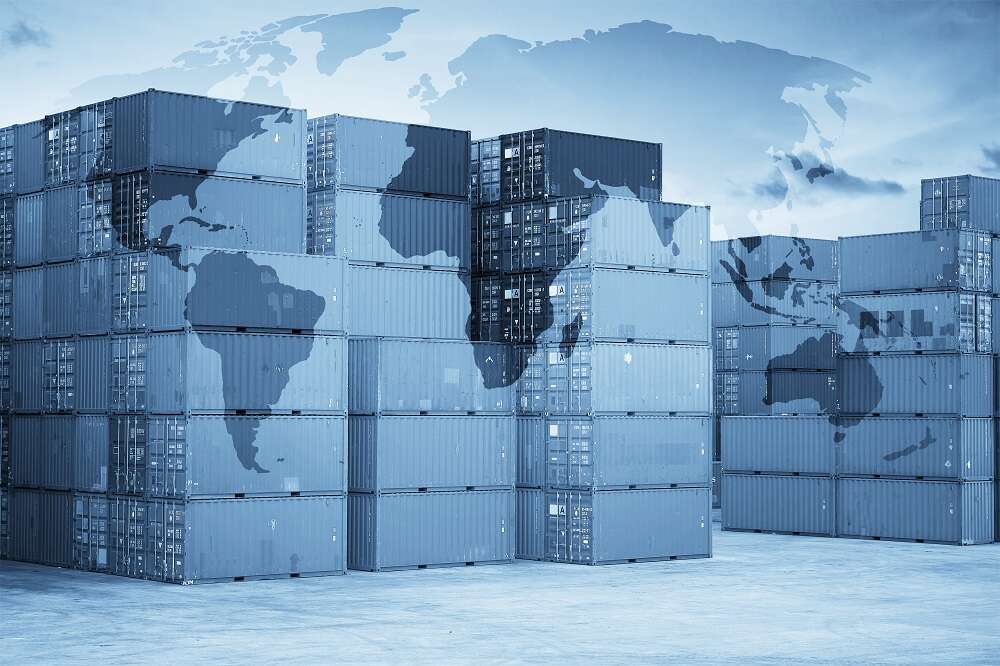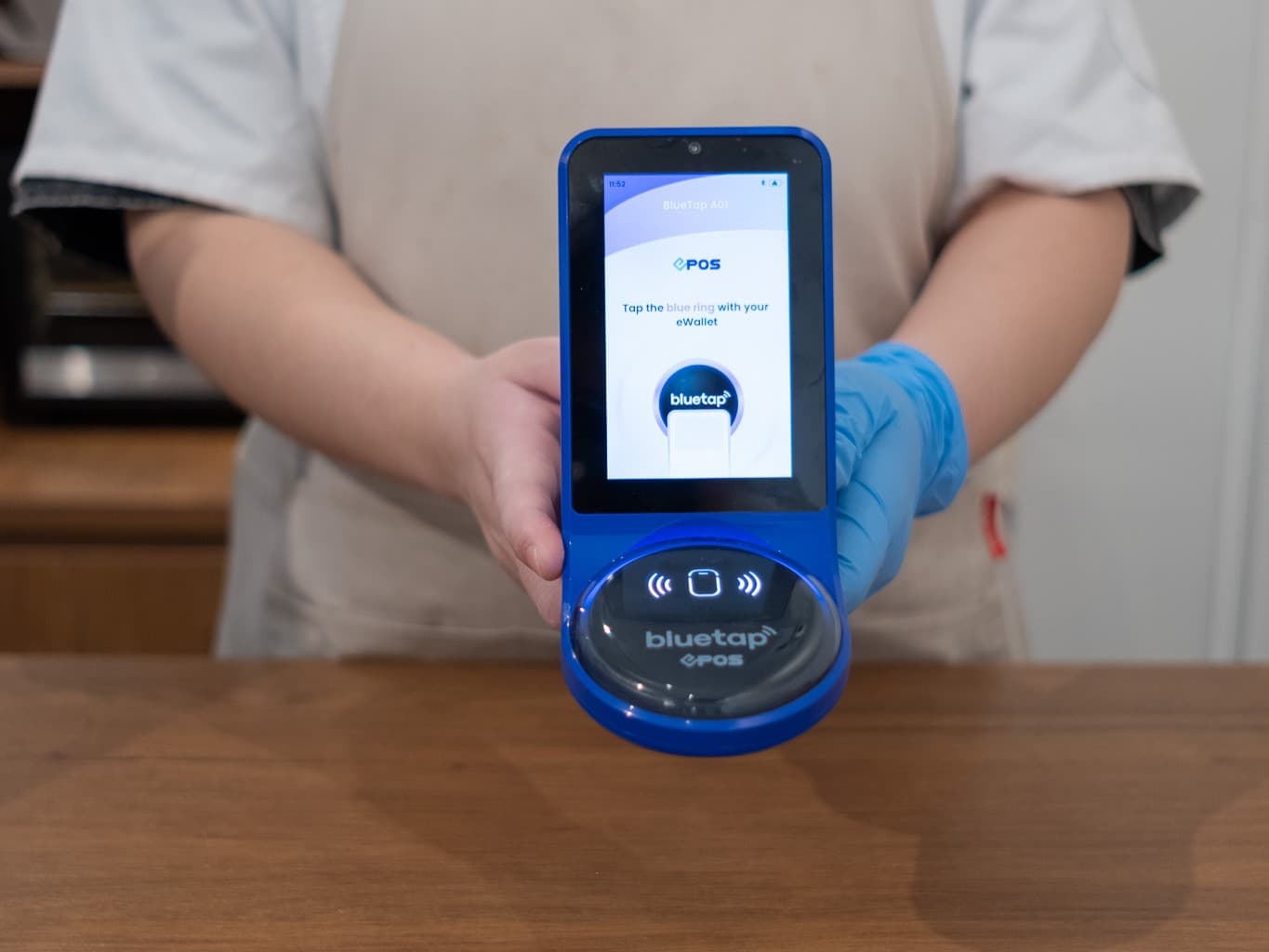

The healthcare industry’s supply chain, however, was one of those most severely affected in the wake of the pandemic. Preserving the healthcare supply chain became a priority for those experts working on overall solutions to what was quickly becoming a crisis situation.
Solutions to hiccups, snags, and other issues in the healthcare supply chain have come from various sources. Still, the technology industry has brought some exciting and applicable answers to the table that could provide welcomed relief to concerned healthcare professionals and patients.
Increased Demand Brings an Overabundance of Challenges
Demand for medical supplies such as masks, face shields, and ventilators — not to mention demand for tests and vaccines — skyrocketed during the pandemic. The sudden uptick in patients enduring extended hospital stays rendered the healthcare supply chain hampered to the point of grinding to a standstill. Manufacturing could not keep up with this increased demand, and delivery encountered roadblock after roadblock.
More challenging, still, is the delicate nature of many of the supplies being transported. Vaccines with necessary storage temperature mandates, items that need to be kept sanitized and ready for medical use, as well as supplies that are life-saving and needed within specific timeframes all placed stress on an already-strained supply chain and delivery process.
Streamlining the Supply Chain With AI
One innovative approach to optimizing supply chain routes and streamlining operations is artificial intelligence (AI) technology. This groundbreaking technology has the ability to optimize routes, personalize logistical information for shipping companies and suppliers, and completely change the way healthcare goods are delivered. AI software is capable of dispatching drivers and ensuring the route optimization via AI, which works by surveying each delivery drivers’ delivery history and location, matching the best driver for the job with each necessary delivery.
This streamlined approach leads to quicker and more efficient deliveries. Many delivery logistics services utilizing AI technology can deliver items in an hour, or less, in most cases. AI technology also reduces gas and labor costs by eliminating fuel waste with inefficient routes and the need for a large logistics staff.
Large orders, such as those made for PPE supplies or vaccines, can also be handled by AI logistics programs. Orders placed via spreadsheet can be disseminated quickly and efficiently by AI. Amid the grave need for PPE at hospitals and other healthcare locations during the worst of the pandemic, AI logistics made up precious time when it mattered most.
Integrating AI for the Healthcare Industry’s Supply Chain
In the healthcare industry, it is common to have supply chains that include multiple drop-off and pick-up locations, which could result in a logistical nightmare if not handled correctly. AI technology can help sort out this complex chain as well, supplying delivery drivers with the most efficient route and up-to-date information for the quickest, most seamless delivery.
Lastly, AI can help healthcare organizations track shipments and collect data to improve overall logistics. In cases of sensitive materials that were in high demand during the height of the pandemic, like vaccines, being able to track the whereabouts of the shipment at each step is helpful in calming anxieties and best serving patients.
The technology has caught up to, and in many ways, surpassed the great need in the healthcare supply chain for smoother logistical wrangling and driver directives. By utilizing AI technology, the healthcare supply chain can become a well-oiled machine, poised not to fall short when the next emergency situation occurs.


